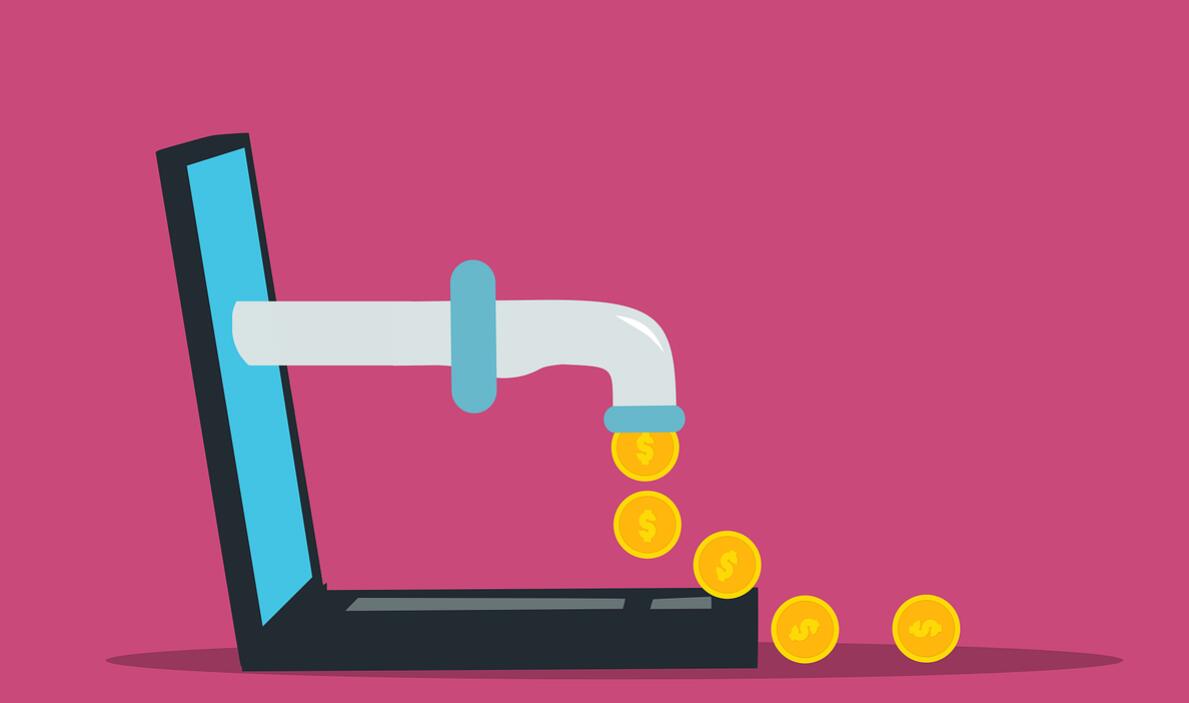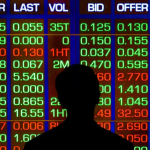
As we step into the new year, savers are naturally curious about the direction in which savings rates are headed. The economic landscape is influenced by various factors, and predicting the trajectory of savings rates involves a nuanced analysis. In this article, we’ll explore the factors at play and attempt to shed light on whether savings rates will continue their upward trend in 2023.
Current Landscape:
In recent times, there has been a notable trend of increasing savings rates. The Federal Reserve’s decisions, economic recovery from the pandemic, and inflation dynamics have all played a role in shaping the current environment for savers. However, predicting the future requires a closer look at several key elements.
Factors Influencing Savings Rates:
Federal Reserve Policy:
The Federal Reserve plays a pivotal role in determining interest rates. If the central bank signals a commitment to a tighter monetary policy to curb inflation, it could result in higher savings rates. Conversely, a more accommodative stance may keep rates stable or even lead to a decrease.
Inflation Dynamics:
Inflation is a crucial factor influencing savings rates. If inflation remains elevated, the Federal Reserve might be compelled to raise interest rates to maintain price stability. Higher interest rates generally translate to better returns on savings accounts.
Economic Recovery:
The pace of economic recovery is closely tied to savings rates. A robust and sustained recovery could prompt the Federal Reserve to adjust interest rates upwards. On the other hand, economic uncertainties or setbacks may lead to a more cautious approach.
Global Economic Conditions:
Global economic conditions, including geopolitical events and the monetary policies of other major economies, can impact domestic interest rates. Savers should keep an eye on international developments that might influence the Federal Reserve’s decisions.
Possible Scenarios for 2023:
Continued Increase:
If the Federal Reserve prioritizes combating inflation and sees sustained economic growth, there is a likelihood of further increases in savings rates. This scenario would be positive for savers looking to maximize returns on their deposits.
Stabilization:
The central bank might choose a balanced approach, aiming for a stable economic environment without aggressive rate hikes. In this case, savings rates could stabilize at moderately higher levels, offering a reliable but not dramatic increase.
Reversal:
Unforeseen economic challenges or a shift in the global landscape could prompt the Federal Reserve to reconsider its current stance. This might lead to a pause or even a reversal in the upward trajectory of savings rates.
Strategies for Savers:
Stay Informed:
Regularly monitor economic indicators, the Federal Reserve’s communications, and global economic trends to stay informed about potential changes in savings rates.
Diversify Savings Portfolio:
Consider diversifying your savings portfolio. Explore different types of accounts, such as CDs or money market accounts, to take advantage of varying interest rate environments.
Be Flexible:
Stay flexible in adapting your savings strategy based on evolving economic conditions. Being nimble allows you to capitalize on opportunities or safeguard your savings in uncertain times.
The trajectory of savings rates in 2023 is influenced by a complex interplay of economic factors. While the current trend suggests an upward movement, savers should approach the coming year with a watchful eye, considering various scenarios and staying adaptable. By staying informed and employing a strategic approach, savers can navigate the evolving landscape and make decisions that align with their financial goals.













